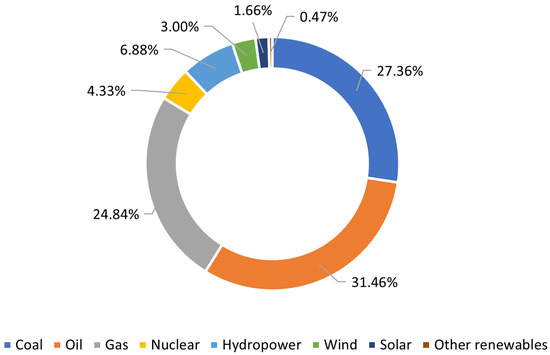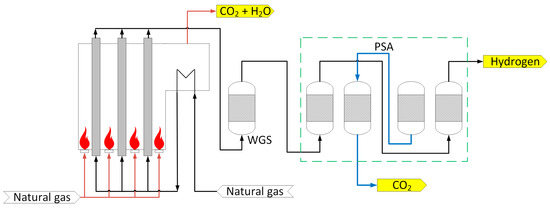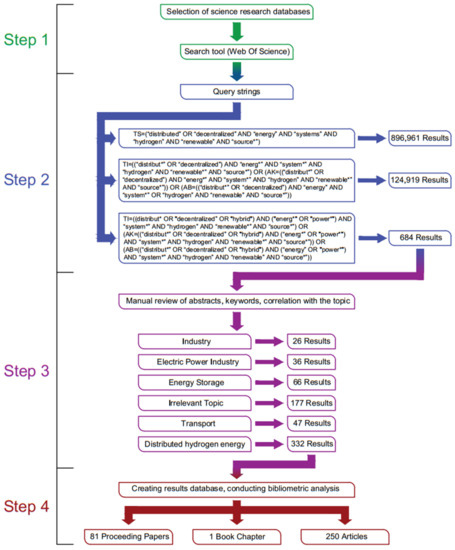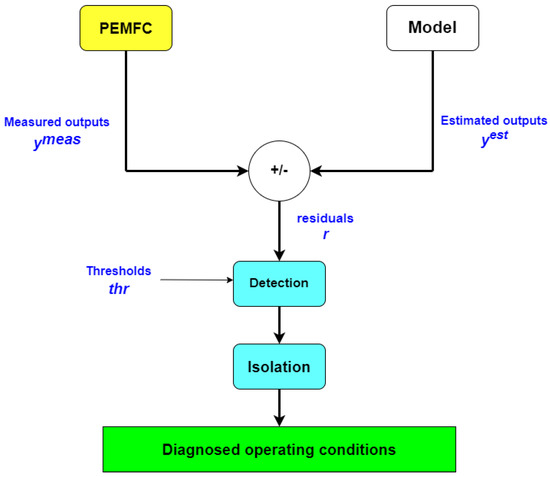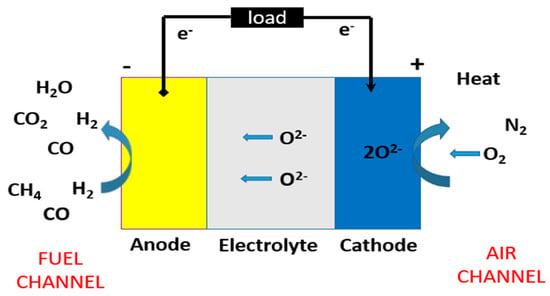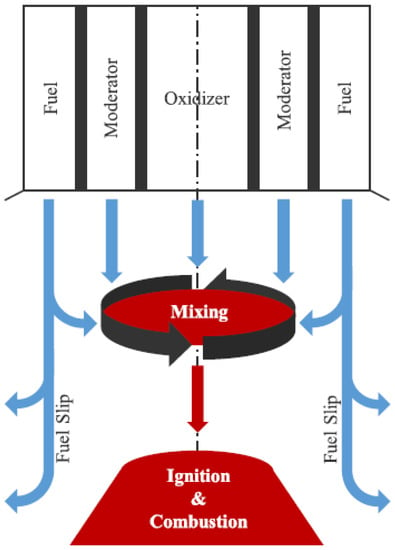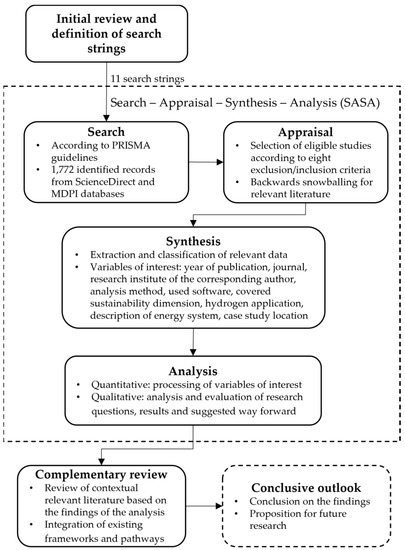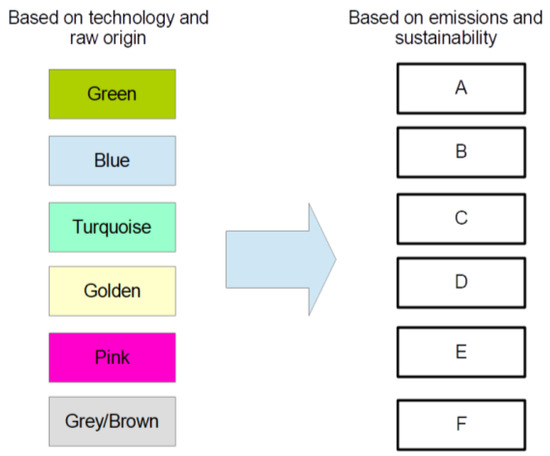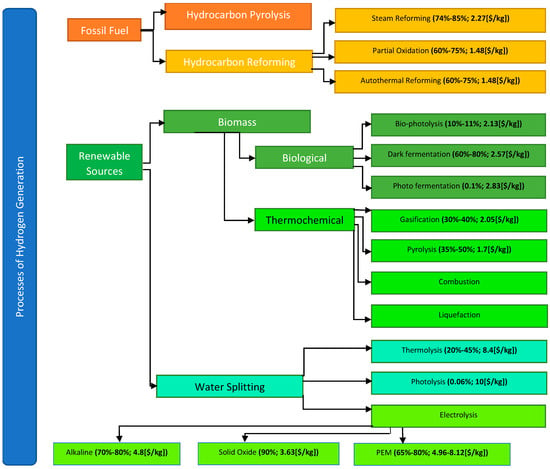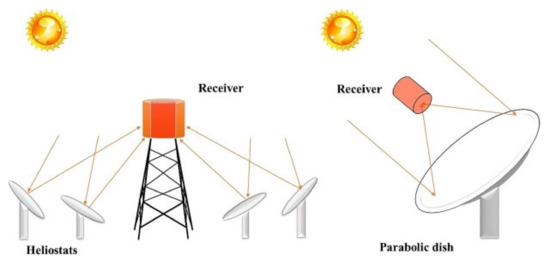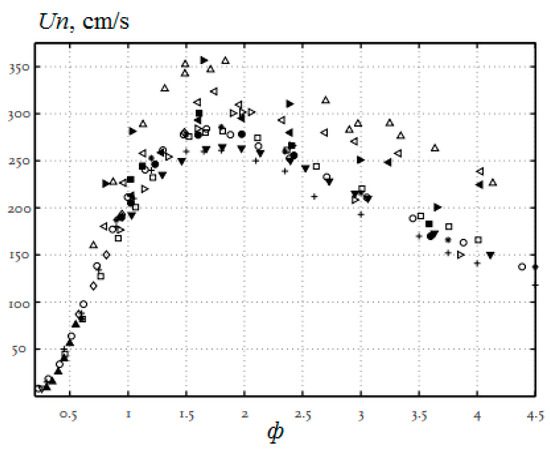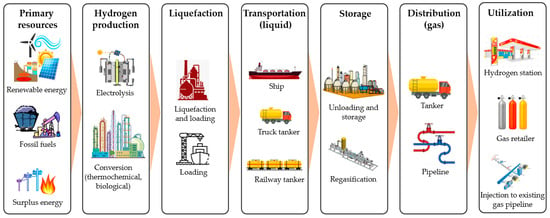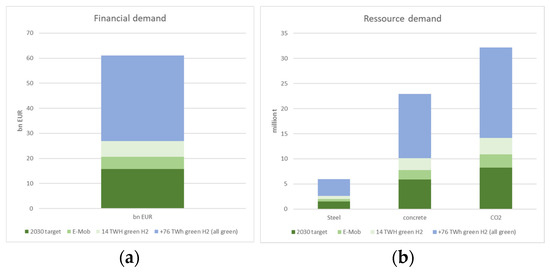Hydrogen Energy Reviews
A topical collection in Energies (ISSN 1996-1073). This collection belongs to the section "A5: Hydrogen Energy".
Viewed by 57133Editor
Interests: energy systems; process design; power generation; carbon capture and storage; hydrogen production; renewable energy; energy conservation; energy and exergy analysis; exergy recovery; electric vehicle; batteries; smart grid
Special Issues, Collections and Topics in MDPI journals
Topical Collection Information
Dear Colleagues,
Hydrogen is a carbon-free secondary energy source (energy carrier) which is predicted to have significant role in the global future energy system. Adoption of hydrogen in the energy system leads to high energy security, excellent environmental impacts, and high energy efficiency. Hydrogen can be widely produced from various primary energy sources, including fossil fuels (natural gas, coal, and oil) and renewables (biomass, wind, solar, and geothermal). In addition, as a secondary energy source, hydrogen also can be mutually converted from other secondary energy sources, including electricity, heat, and others (including metal fuels). Various studies and developments have been intensively conducted, largely related to the production, storage, transportation, and utilization of hydrogen.
This Topical Collection is dedicated to provide comprehensive review related to hydrogen adoption in our energy system, including a broad range of production, storage, transportation, and utilization of hydrogen. The following review topics are welcomed, but not limited to:
- Energy modeling and system;
- Integration of hydrogen with other energy sources;
- Hydrogen production system;
- Hydrogen storage system (e.g. compressed, liquid, metal hydrides, chemical hydrides, adsorption);
- Transportation system;
- Hydrogen utilization system;
- Hydrogen combustion (e.g. dedicated combustion, mix/blending, CFD, etc.);
- Conversion processes (e.g. gasification, shift reaction, chemical looping, etc.);
- Process design and optimization;
- Ammonia and its production and utilization;
- Liquefaction and regasification;
- Hydrogenation and dehydrogenation;
- Hydrogen-based power generation (including cycles for hydrogen combustion, fuel cell, etc.);
- Catalysts for hydrogen production, storage, and utilization;
- Fuel cell;
- Economic analysis;
- Environmental assessments;
- Advanced materials, nano-technology and nano-materials;
- Energy and exergy analysis.
Prof. Dr. Muhammad Aziz
Collection Editor
Manuscript Submission Information
Manuscripts should be submitted online at www.mdpi.com by registering and logging in to this website. Once you are registered, click here to go to the submission form. Manuscripts can be submitted until the deadline. All submissions that pass pre-check are peer-reviewed. Accepted papers will be published continuously in the journal (as soon as accepted) and will be listed together on the collection website. Research articles, review articles as well as short communications are invited. For planned papers, a title and short abstract (about 100 words) can be sent to the Editorial Office for announcement on this website.
Submitted manuscripts should not have been published previously, nor be under consideration for publication elsewhere (except conference proceedings papers). All manuscripts are thoroughly refereed through a single-blind peer-review process. A guide for authors and other relevant information for submission of manuscripts is available on the Instructions for Authors page. Energies is an international peer-reviewed open access semimonthly journal published by MDPI.
Please visit the Instructions for Authors page before submitting a manuscript. The Article Processing Charge (APC) for publication in this open access journal is 2600 CHF (Swiss Francs). Submitted papers should be well formatted and use good English. Authors may use MDPI's English editing service prior to publication or during author revisions.
Keywords
- hydrogen production
- hydrogen storage
- transportation
- utilization
- compression
- ammonia
- metal hydride
- chemical hydride
- adsorption
- hydrogen liquefaction
- compression
- catalyst
- gasification
- chemical looping
- shift reaction
- fuel cell
- integrated system
- hydrogenation
- dehydrogenation
- hydrogen combustion
- economic analysis
- environmental assessment
- energy modeling
- process design
- materials
- energy-exergy analyses





